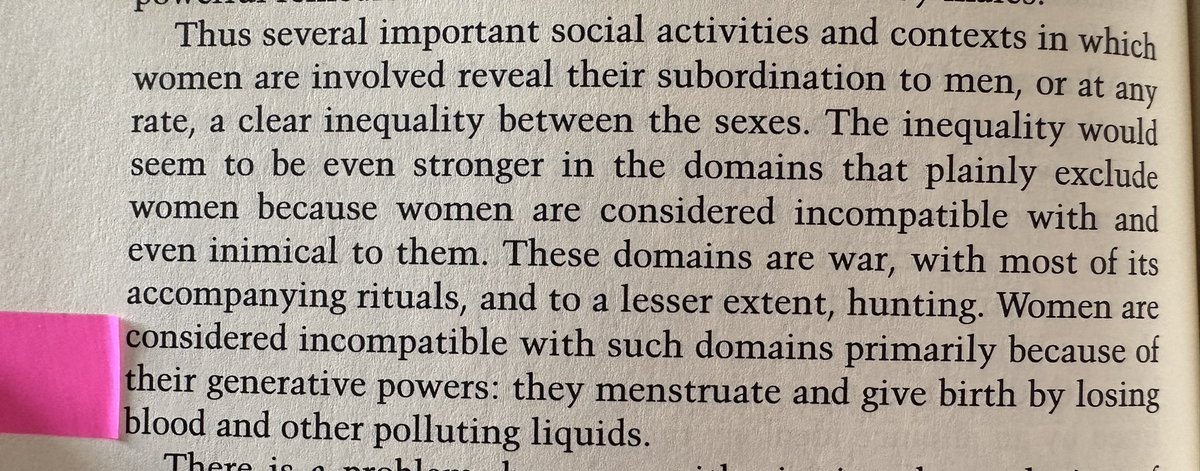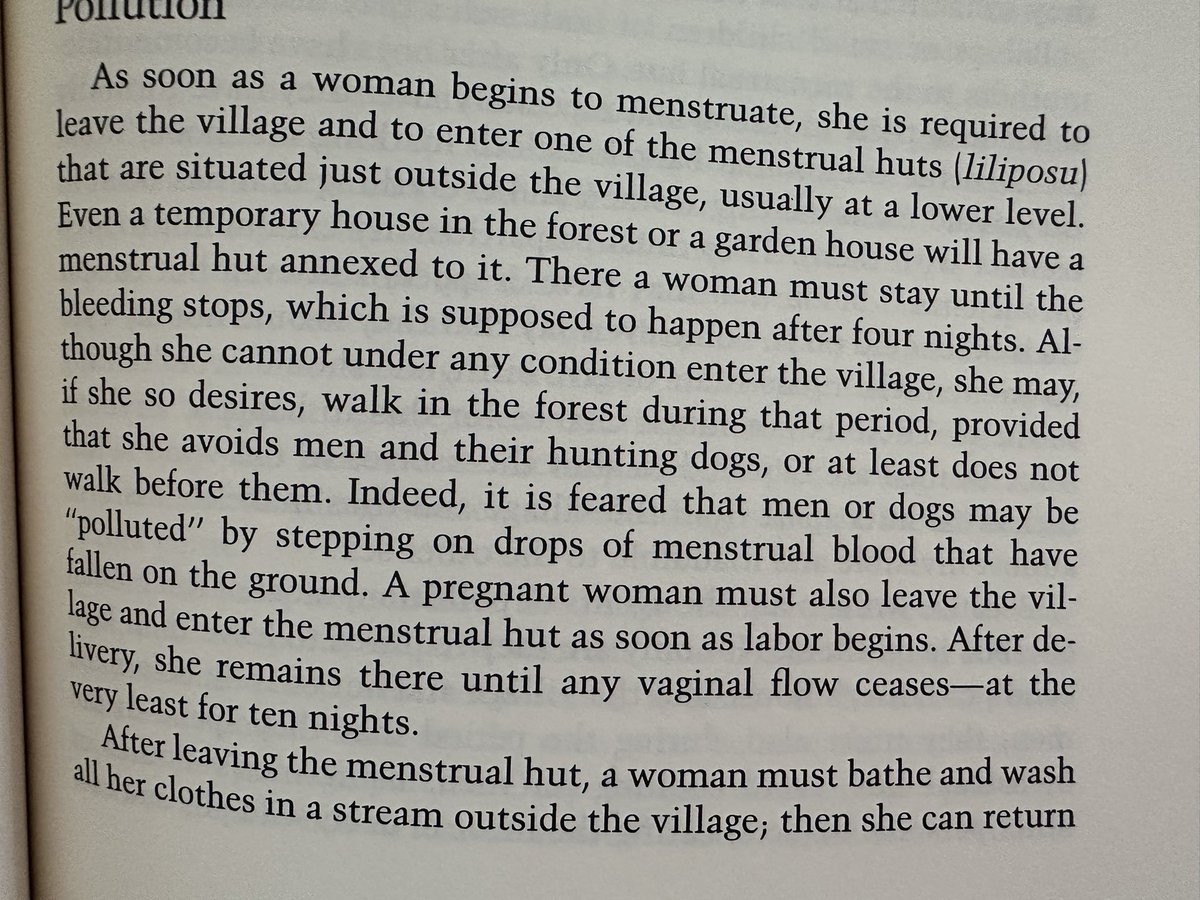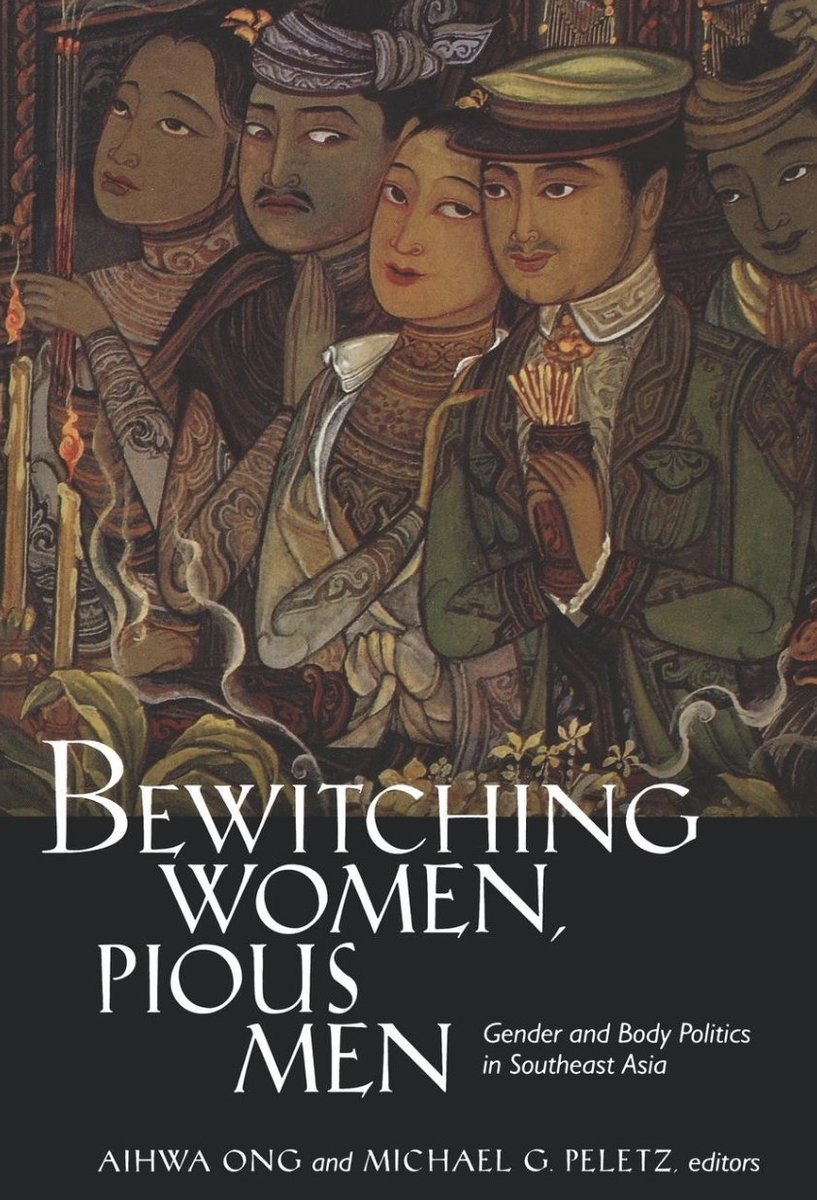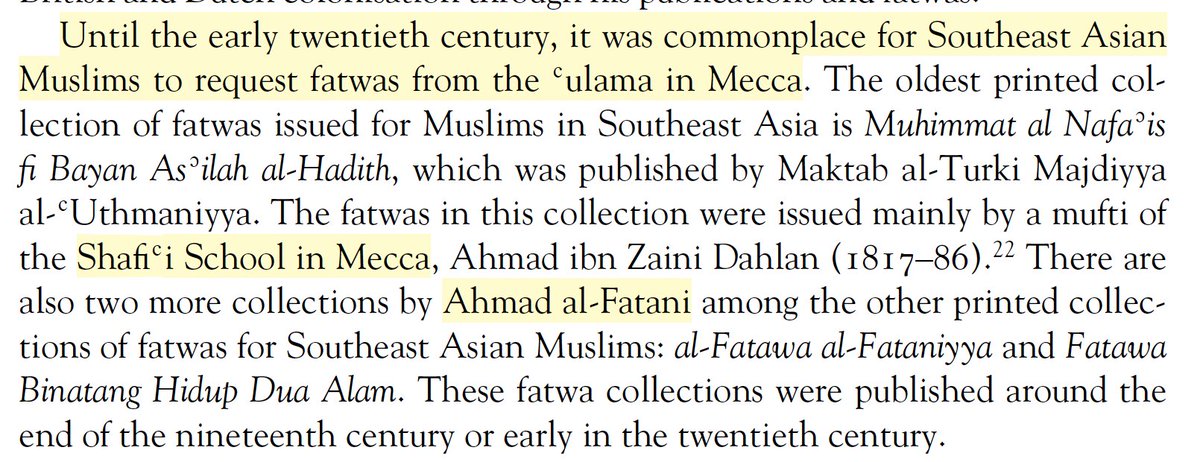I'm a big fan of the FT, but..
This analysis of India's low female employment is speculation, not based on rigorous comparative analysis.
It blames
- laws against women's night-work
- care responsibilities
- cooking gas subsidies
- feeling unsafe
🧵🧵 ft.com/content/eb0345…

This analysis of India's low female employment is speculation, not based on rigorous comparative analysis.
It blames
- laws against women's night-work
- care responsibilities
- cooking gas subsidies
- feeling unsafe
🧵🧵 ft.com/content/eb0345…

1) India's FLFP is below the global average because male honour depends on the seclusion of female kin
So, the poorest women work for barebones survival, but if families can afford it, women withdraw from the labour force.
Though FLFP does rise if the job is nice & respectable
So, the poorest women work for barebones survival, but if families can afford it, women withdraw from the labour force.
Though FLFP does rise if the job is nice & respectable

I theorise that female employment will only rise by tackling 'the honour-income trade-off'
Either reducing the loss of honour men incur through letting their wives work,
Or raising the economic returns to her employment (higher wages)
Either reducing the loss of honour men incur through letting their wives work,
Or raising the economic returns to her employment (higher wages)
Since male honour depends on female seclusion, there are generally strict restrictions on female mobility.
In Mumbai, families tend to strongly support their daughters' education, but want them to come back quickly
NOT LOITER
I strongly recommend this brilliant book 👇
In Mumbai, families tend to strongly support their daughters' education, but want them to come back quickly
NOT LOITER
I strongly recommend this brilliant book 👇

Families who want daughters to come home quickly after school are unlikely to be keen on women working night-shifts
This is dangerous, an absolute last-resort, and will hurt family status
This is dangerous, an absolute last-resort, and will hurt family status
So the FT suggestion of changing legislation, removing bans on night-work, misses the point
Yes, these bans are sexist, but even if they were removed, only extremely desperate families would send their daughters to night-work, it signals men's humiliating failure to provide
Yes, these bans are sexist, but even if they were removed, only extremely desperate families would send their daughters to night-work, it signals men's humiliating failure to provide

It's also true that women spend a large time cooking, cleaning and performing childcare
But India's FLFP is well below that of countries with exactly the same level of wealth and fertility.
This is not about the objective volume of care work.
But India's FLFP is well below that of countries with exactly the same level of wealth and fertility.
This is not about the objective volume of care work.

This comparison with Bangladesh is also misleading.
Bangladeshi FLFP is higher than neighbouring West Bengal across all sectors. It's not just about garments.
And it's not about wealth, or affordability. India's FLFP is lower than similarly wealthy societies.
Bangladeshi FLFP is higher than neighbouring West Bengal across all sectors. It's not just about garments.
And it's not about wealth, or affordability. India's FLFP is lower than similarly wealthy societies.

Forgive me, but I cannot understand this claim:
Subsidising cooking gas encourages women to stay at home?
Subsidising cooking gas encourages women to stay at home?

This is all just clutching at straws..
No one is staying at home because it became fractionally cheaper to cook lunch.
No one is staying at home because it became fractionally cheaper to cook lunch.
The key point is that men's honour depends on female seclusion.
So rural women work (close to the home, under tight-knit surveillance)
But in cities (surrounded by strangers), female employment is HALF the global average.
Despite growth, urban FLFP is stubbornly low.
So rural women work (close to the home, under tight-knit surveillance)
But in cities (surrounded by strangers), female employment is HALF the global average.
Despite growth, urban FLFP is stubbornly low.

It's true that Indian women are under-represented on corporate boards,
But there is absolutely no evidence that changing this would increase rural families' proclivity for their daughters to go out to work in factories.
But there is absolutely no evidence that changing this would increase rural families' proclivity for their daughters to go out to work in factories.

Tech to the rescue?
How would the capacity to share one's live location have averted the recent rape in Kolkata?
She was in the hospital study room..
How would the capacity to share one's live location have averted the recent rape in Kolkata?
She was in the hospital study room..

Should India learn from the South?
This implies that state policy is responsible for higher FLFP.
That's not based in evidence
Ideals of female seclusion were always weaker in the South.
That's why in 1930, female age of marriage and female literacy were higher in the South
This implies that state policy is responsible for higher FLFP.
That's not based in evidence
Ideals of female seclusion were always weaker in the South.
That's why in 1930, female age of marriage and female literacy were higher in the South

The FT gets one thing right: SAFETY
If male honour depends on female chastity, then fears about rape are a major threat
This not only affects women's desires for mobility, but also patriarchal surveillance
If male honour depends on female chastity, then fears about rape are a major threat
This not only affects women's desires for mobility, but also patriarchal surveillance

So when wondering why India's economic growth hasn't increased female employment, this graph is crucial:
India women now feel MORE UNSAFE.
Fears are higher
This directly relates to my honour-income trade-off.
Even if earnings are higher, threats to male honour remain HIGH
India women now feel MORE UNSAFE.
Fears are higher
This directly relates to my honour-income trade-off.
Even if earnings are higher, threats to male honour remain HIGH

Every day, a father in Delhi can open a newspaper or browse online and learn about horrific rapes.
The relentless message is that women are unsafe.
The relentless message is that women are unsafe.

The FT is right to highlight these fears
But then why does it believe that changing bans on night-time work will lead to higher female employment??
The policy is endogenous to cultural preferences.
But then why does it believe that changing bans on night-time work will lead to higher female employment??
The policy is endogenous to cultural preferences.
While the FT rightly identifies the problem of safety,
Its proposed solutions are not based in evidence of binding constraints or what actually works to make cities safer.
What good is CCTV if the criminal justice system is totally over-burdened?
Its proposed solutions are not based in evidence of binding constraints or what actually works to make cities safer.
What good is CCTV if the criminal justice system is totally over-burdened?

Poulami Roychowdhury persuasively highlights a major constraint:
Police officers and law courts often lack capacity.
This makes it harder to enforce law and order, or create threats of accountability.
Police officers and law courts often lack capacity.
This makes it harder to enforce law and order, or create threats of accountability.

So, the FT is absolutely right to flag that low female employment means that India is not capitalising on a major structural determinant of growth. It's also right to highlight safety.
But the rest is iffy.
This is a serious issue, demanding careful analysis, not speculation.
But the rest is iffy.
This is a serious issue, demanding careful analysis, not speculation.

It's also worth recognising that perceived lack of safety doesn't automatically suppress female employment
Latin Americans and Sub-Saharan Africans feel much more unsafe, but have doubly/ triply high rate of FLFP.
Key: South Asian men's honour & concerns for chastity
Latin Americans and Sub-Saharan Africans feel much more unsafe, but have doubly/ triply high rate of FLFP.
Key: South Asian men's honour & concerns for chastity

If you are curious to learn more about the constraints to female employment in India,
You may enjoy this podcast with @suhani_jalota & Lisa Ho, discussing their tremendous Randomised Control Trial in Mumbai
open.spotify.com/episode/3AiIcv…

You may enjoy this podcast with @suhani_jalota & Lisa Ho, discussing their tremendous Randomised Control Trial in Mumbai
open.spotify.com/episode/3AiIcv…

Across South Asia, men's honour depends on female seclusion, which thus weakly responds to $ incentives
I made this illustrative graph below.
Bhutan differs because its Tibeto-Burman population was geographically isolated & thus culturally distinct, so no female seclusion.
I made this illustrative graph below.
Bhutan differs because its Tibeto-Burman population was geographically isolated & thus culturally distinct, so no female seclusion.
• • •
Missing some Tweet in this thread? You can try to
force a refresh






















